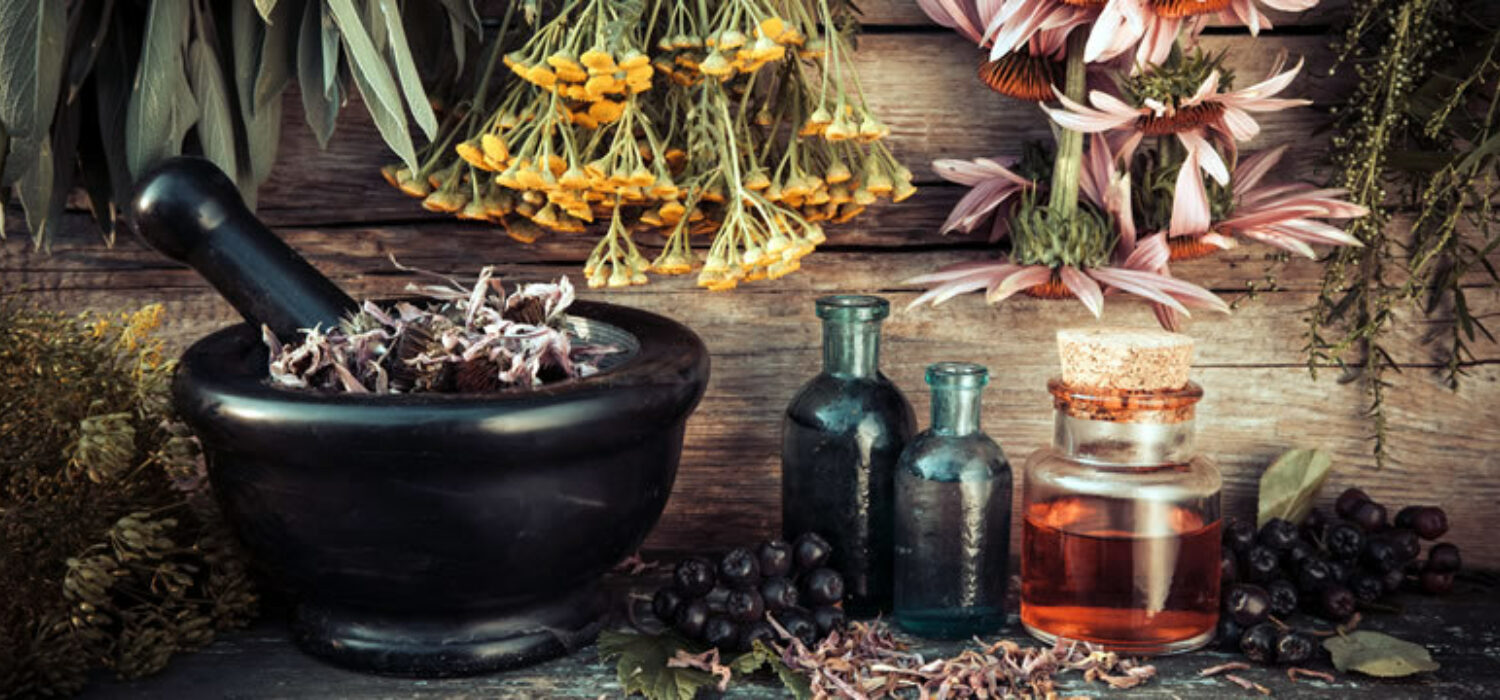
A Beginners Guide To Hoodoo Rootwork
Hoodoo is a practice that combines traditional West African elements with Native American and European elements. It is also sometimes called rootwork, working the roots, or root doctoring, which shows the importance of magically and spiritually significant plants to rootworkers. Hoodoo may have some religious elements, but it is not a religion -- it is a distict magical tradition with roots in the Southern United States.
What Do Hoodoo Rootworkers Believe In?
Even though prayers, and religious symbols can figure in Hoodoo rituals, Hoodoo itself is not a religious practice. Like other magical traditions, it is not bound to any particular faith. Many, but not all, rootworkers are Protestant Christians. Others range from Catholic to secular. Rootworkers believe in their own, inherent power and the natural powers of the herbs, roots, and other curios they use. Praying, or petitioning a saint or deity is not necessary, but they may choose to do so to get their help with a spell.
Hoodoo rootwork is not inherently good or evil. Like all magical practices, its goal is to create change. There is as much space in Hoodoo for healing the sick as there is for punishing an enemy. Some rootworkers choose not to perform work intended to cause harm to someone, but others see good and evil as equal parts of the natural world.
Hoodoo Roots and Herbs.
Some plants have achieved particular prominence as useful Hoodoo curios:
High John the Conqueror root invokes the courage and cleverness of the folk hero High John the Conqueror, bringing success in almost any endeavor.
Adam and Eve roots are a staple of love magic.
Calamus root is a controlling herb known as a powerful addition to hexing formulas.
Licorice root aids in controlling others.
These are far from the only herbs used in rootwork. Part of the power of Hoodoo is its ability to adapt -- even after being torn from their homes and families, African slaves were able to weave a strong, beautiful magical tradition out of what they had available to them.
Using Roots and Curios.
Though roots, herbs, and other curios are important to rootwork, working with them successfully involves more than just throwing them together. Roots and herbs can be infused or distilled into oils, to create a liquid version suitable for dressing candles or anointing people. They can also be steeped in liquid to add to a bath or floor wash, which allows the power of the roots to permeate a person or place. Sprinkling a tea made of rue around the home helps to ward off evil and protect the inhabitants.
Sometimes, the roots and herbs are used dry instead. They may be ground into a sachet or sprinkling powder used as a dusting powder, sprinkled in or around a building, or used to dress a candle. Dry herbs are added to mojo bags or sweetening jars to lend them their power. Add fresh or dried red rose petals to a sweetening jar to help draw a lover to you, or place dried petals in a love mojo and carry on you.
Other Curios.
Even though it is called rootworking, not all Hoodoo curios are plant-based. Shells and stones are just as powerful. The lodestone, in particular, has an entire set of traditions surrounding how to care for and feed it. Because of its magnetic properties, it is a very powerful way to draw your desires to you. Pyrite, or "fool's gold" is used to bring money and success. Shells, particularly cowrie shells, are used for money spells and divination. Divination is particularly important to rootworkers -- it helps them uncover hidden information about the situations they are working to change, allowing them to work more successfully.
Hoodoo should not be confused with Vodou (or Voodoo) because it is not a religion. It also should not be confused with European witchcraft, because it has its own unique practices. Hoodoo rootwork is a powerful, beautiful form of magic on its own, steeped in tradition and strengthened by its blend of cultural influences.





